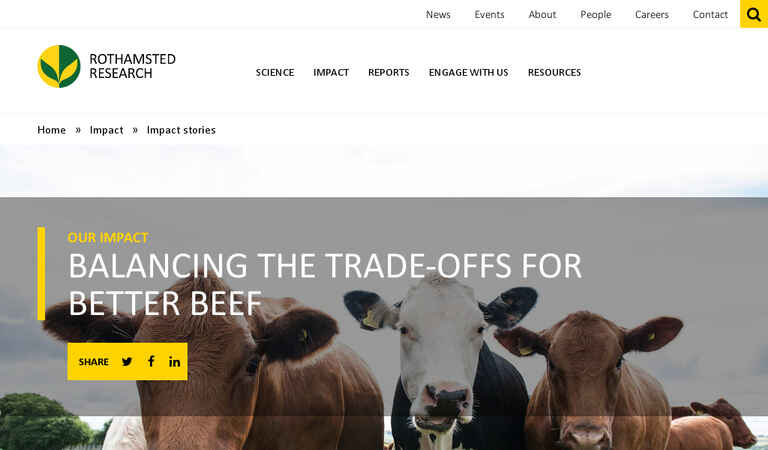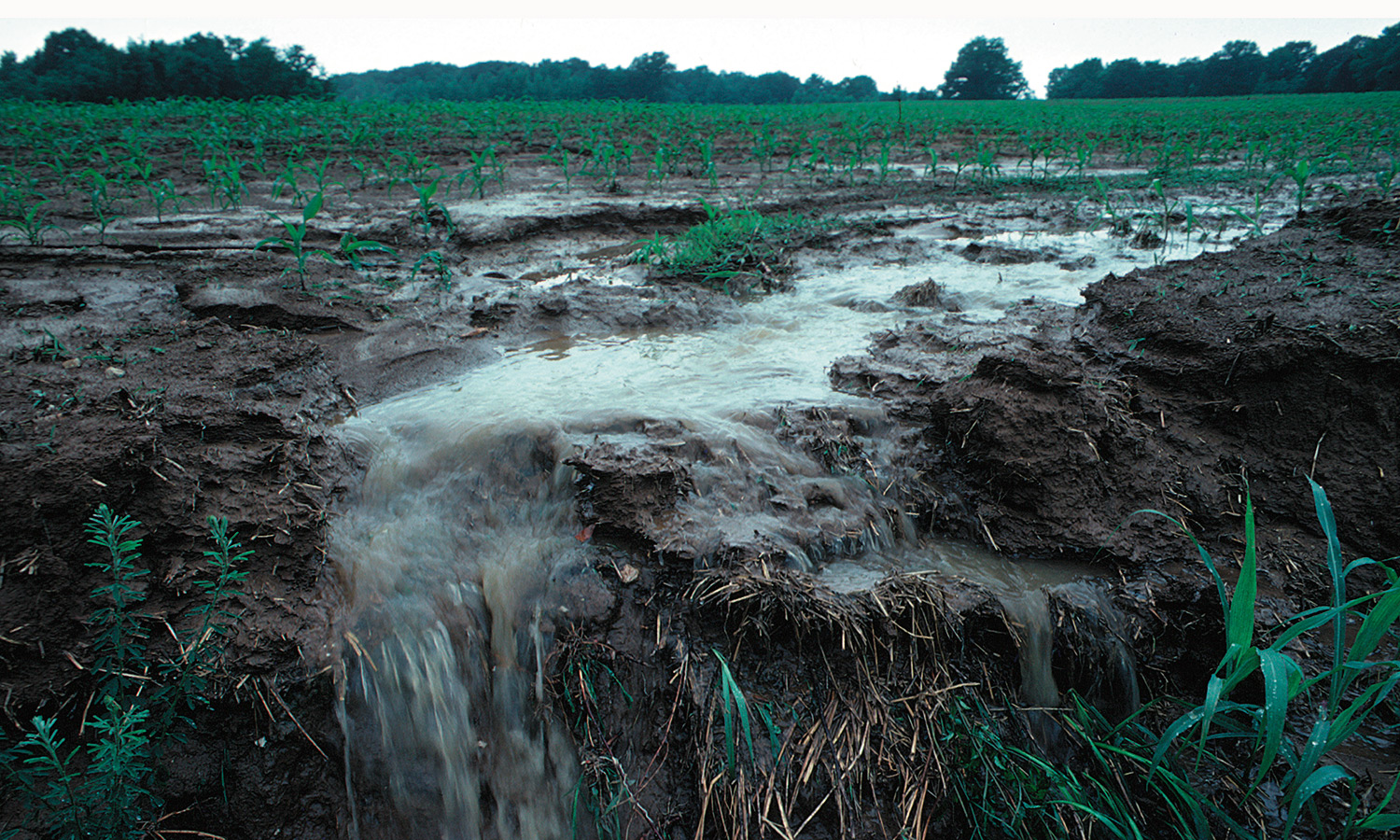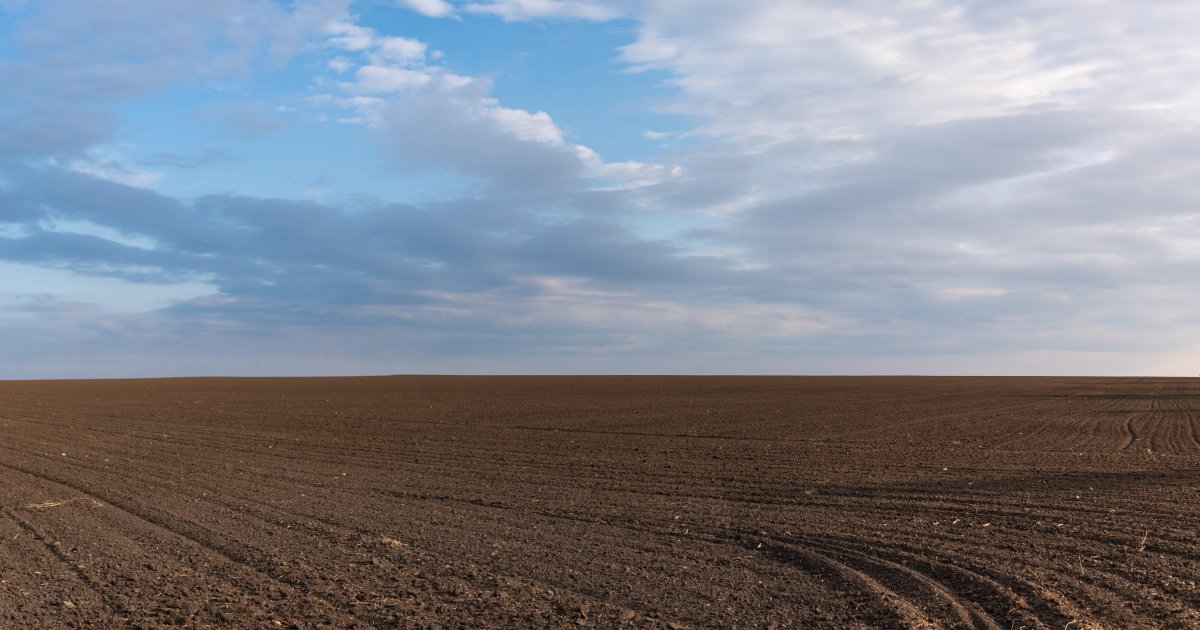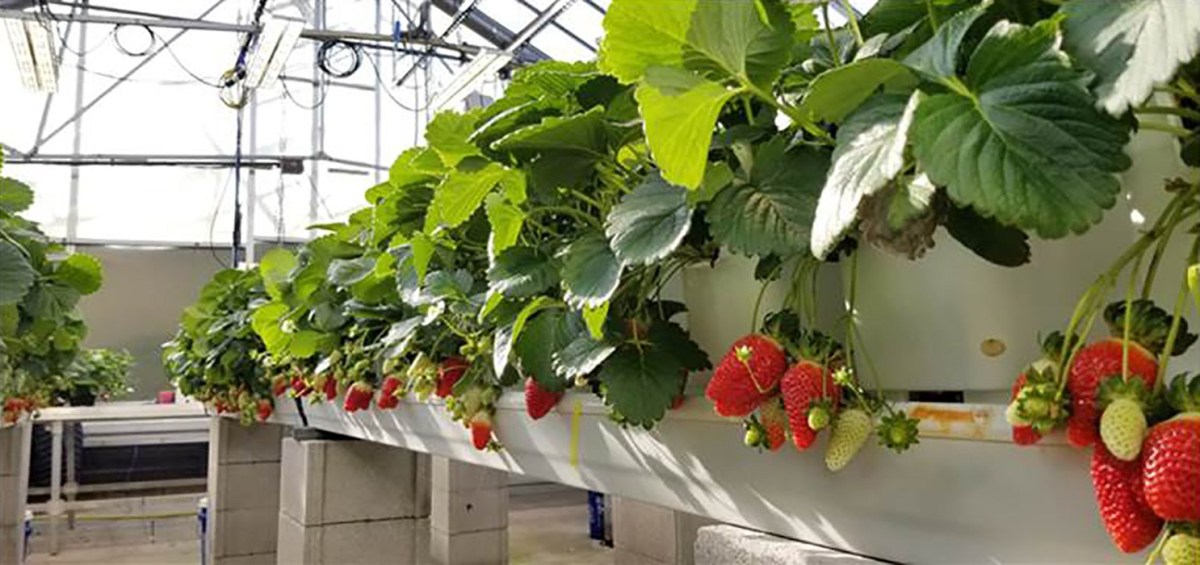-
(0)
-
Bookmark
- Comments (0)
 John LaRose Jr.
John LaRose Jr.
Topics: Soil Health, Agriculture Global, Sustainability, Regenerative Agriculture,
-
(0)
-
Bookmark
- Comments (0)
 John LaRose Jr.
John LaRose Jr.
Topics: Soil Health, Livestock/Meat, Agriculture Global, Economics, Sustainability, Beef Cattle, Research, Ag United Kingdom,
Balancing the trade-offs for better beef
Our researchers are investigating the chemical, physical and biological interactions that drive nutrient pathways from soil through plants into livestock.
-
(0)
-
Bookmark
- Comments (0)
 Isaac L
Isaac L
Topics: Corn/Maize, Soil Health, Cover Crops, Crop Consultant, Sustainability,
-
(1)
-
Bookmark
- Comments (0)
02/26/2021 SOURCE: blog.ucsusa.org
Iowans have long prized their state’s deep, rich soils and its position as an agricultural powerhouse. In the heart of the Corn Belt, its farmers lead the nation in corn acres planted, and come in second in soybean acres. But there’s a dark side to all that: Decades of intensive, industrial-style pr
To Save Its Soil and Clean Up Its Water, Iowa Needs to Act Fast(er)
-
(0)
-
Bookmark
- Comments. (0)
 Nancy Kavazanjian
Nancy Kavazanjian
Topics: Soil Health, Agriculture US, Sustainability, Climate Change,
-
(1)
-
Bookmark
- Comments (0)
 Nancy Kavazanjian
Nancy Kavazanjian
Topics: Soil Health, Agriculture US, Education U.S. MidWest, Regenerative Agriculture,
-
(1)
-
Bookmark
- Comments (0)
02/24/2021 SOURCE: www.no-tillfarmer.com
National Geographic magazine recently did an in-depth article on what’s threatening the health of the five Great Lakes. The magazine is read by 3.5 million U.S. readers and in it no-till was blamed for the poor water quality and algae blooms that are choking the life out of Lake Erie.
When National Geographic Writers Condemned No-Till as the Culprit Behind Lake Erie’s Poor Water Quality and Algae Blooms, They Got it Totally Wrong
-
(0)
-
Bookmark
- Comments. (0)
 John LaRose Jr.
John LaRose Jr.
Topics: Soil Health, Precision AG , Agriculture US, Education U.S. NorthEast, Agriculture Global, Water, Sustainability, Research,
News: Corn Belt Farmland Has Lost a Third of its Carbon-Rich Soil | College of Natural Sciences | UMass Amherst
UMass Amherst researchers used remote sensing to quantify the previously underestimated erosion
-
(0)
-
Bookmark
- Comments (0)
 John LaRose Jr.
John LaRose Jr.
Topics: Soil Health, Agriculture US, Organic, Agriculture Global, Fruit, Sustainability, Research, Urban Farming, Education,
Ohio Controlled Environment Agriculture Center to hold Soilless Strawberry School
The Ohio State University will hold a workshop focusing on greenhouse strawberry production in March. Soilless Strawberry School Greenhouse-focused Track Learn all you need to grow strawberries in …
-
(0)
-
Bookmark
- Comments (0)











